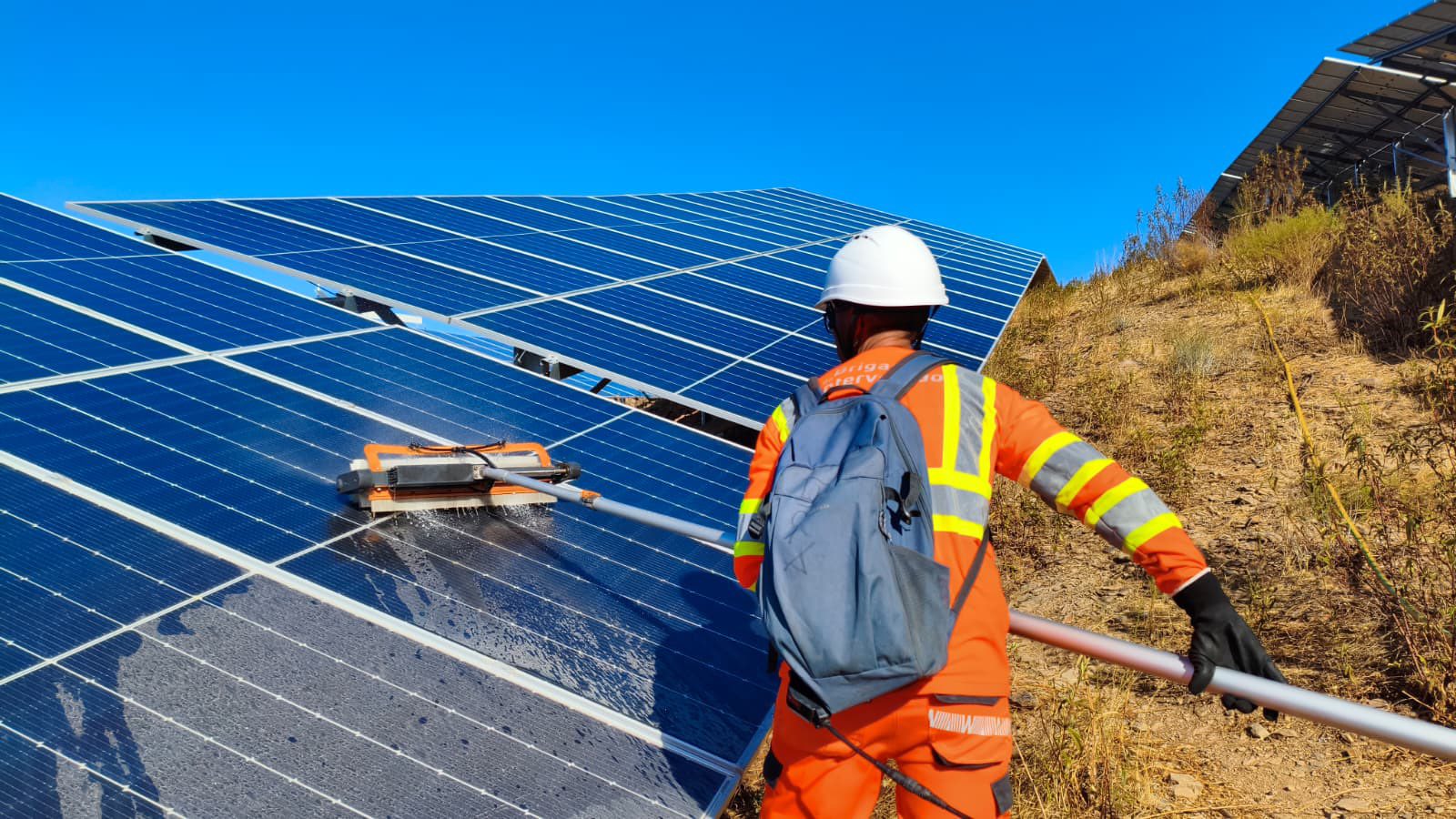Unveiling the Layers: What is a Facade Made Of? A Comprehensive Guide to Modern Facade Materials
When it comes to architecture, the facade of a building serves as its face, embodying both aesthetic appeal and functional integrity. The materials that comprise a facade are crucial not only for the visual impact they create but also for their performance in terms of durability, insulation, and sustainability. In this article, we will explore the various materials used in facades, their properties, and how they contribute to the overall functionality and design of modern buildings.
Understanding Facades: More Than Just a Pretty Face
A facade is defined as the exterior front of a building, often characterized by its design, materials, and architectural style. While the primary purpose of a facade is to provide an attractive appearance, it also plays a critical role in protecting the building from environmental elements, enhancing energy efficiency, and ensuring structural integrity. The choice of materials for a facade can significantly influence these factors.
Common Facade Materials: A Closer Look
- Brick and Masonry
- Properties: Brick is a classic facade material known for its durability and low maintenance. It offers excellent thermal mass, which helps regulate indoor temperatures.
- Applications: Commonly used in residential and commercial buildings, brick facades can be laid in various patterns to create unique visual effects.
- Concrete
- Properties: Concrete facades are robust and versatile, allowing for a range of finishes, from smooth to textured. They can be precast or poured in place, providing flexibility in design.
- Applications: Often used in high-rise buildings and industrial structures, concrete facades can also be treated with coatings to improve aesthetics and weather resistance.
- Glass
- Properties: Glass facades offer transparency and can create a seamless connection between indoor and outdoor spaces. Modern advancements in glass technology have led to the development of energy-efficient, insulated, and even self-cleaning glass.
- Applications: Predominantly used in commercial buildings, glass facades can enhance natural light and provide stunning views while contributing to energy savings.
- Metal
- Properties: Metals such as aluminum, steel, and copper are lightweight yet strong, making them ideal for modern facade designs. They can be treated to resist corrosion and can be finished in various colors and textures.
- Applications: Metal facades are often used in contemporary architecture, providing a sleek, modern look. They are also popular in industrial buildings due to their durability.
- Wood
- Properties: Wood offers a warm, natural aesthetic and is a renewable resource. However, it requires proper treatment to resist weathering and pests.
- Applications: Wood facades are increasingly popular in residential designs and eco-friendly buildings, often used in combination with other materials for contrast.
- Composite Materials
- Properties: Composite materials, such as fiber-reinforced polymers (FRP) and aluminum composite panels (ACP), combine the benefits of different materials to enhance performance and aesthetics.
- Applications: These materials are often used in high-performance buildings, offering lightweight solutions with excellent insulation properties.
The Role of Facade Systems in Modern Architecture
In addition to the materials themselves, the system used to construct a facade is equally important. Facade systems can be categorized into two main types: ventilated facades and non-ventilated facades.
- Ventilated Facades: These systems include an air gap between the facade material and the building structure, allowing for natural ventilation. This design helps to manage moisture and improve thermal performance.
- Non-Ventilated Facades: These systems are more traditional and do not allow for airflow between the facade and the building. While they can be simpler to construct, they may require additional insulation to manage temperature and moisture.
Sustainability Considerations in Facade Design
As sustainability becomes a central focus in architecture, the choice of facade materials is increasingly influenced by their environmental impact. Architects and builders are now prioritizing materials that are not only durable but also recyclable and sourced from sustainable practices. For instance, using reclaimed wood or recycled metal can significantly reduce a building's carbon footprint.
Conclusion: The Future of Facade Materials
The evolution of facade materials reflects broader trends in architecture, technology, and sustainability. As we move towards more energy-efficient and environmentally friendly designs, the materials used in facades will continue to innovate. Understanding what a facade is made of is essential for architects, builders, and homeowners alike, as it directly impacts the performance, aesthetics, and sustainability of a building.

